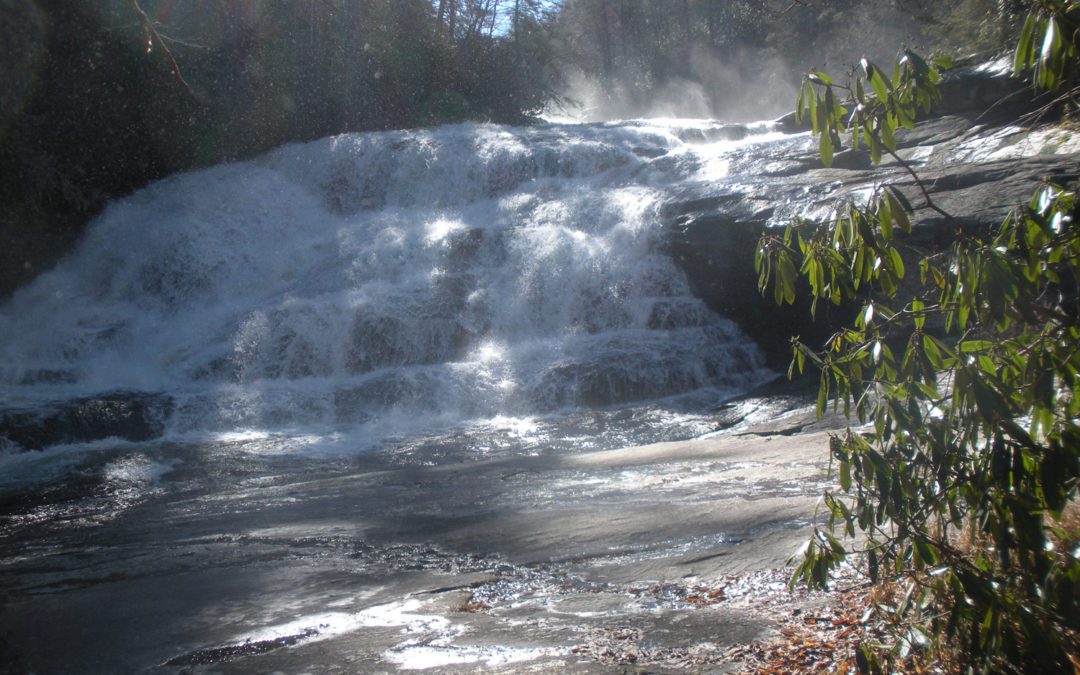The weather forecast said intermittent drizzle. Temperatures were up and the water down, so I thought it might perk up the fish a bit. I decided to wade wet. Little did I know just how wet.
Late in the day, the sky unexpectedly flushed and visibility dropped to less than a hundred yards. It was raining so hard I could have fished up. The water began rising immediately.
I have learned from necessity that high-water fishing requires different techniques, but oddly enough, you can still catch fish. Even in a flood.
The first thing to keep in mind is that the fish move. They always have to manage their energy balance so the effort required to obtain food will not exceed the calories in the food. In other words, they don’t like fast water any more than you do. So even if they are in it, you can bet they found a slow seam to tread water.
Finding these slow sections in a raging creek just takes a little looking. If the stream bends, browns especially will lay on the inside of the bend. On straight sections, you may find browns up against the bank, even in shallow water. As long as they have cover or shadows to remain hidden, they will feel comfortable in just enough water to cover their backs. And they will readily ambush anything that looks like food.
The other challenge with high water is visibility. All that current kicks up silt and the fish can’t see in it any better than you can. So think about flies that show up.
Big flies obviously are the most visible, so streamers, large nymphs, and crayfish are natural choices. Bulky flies that displace water also seem to help fish locate them, as the flies push water and vibrations that trout can feel. To get these flies to the fish, a little extra weight helps. In conditions like these, the old saying about weight rings especially true, “The difference between a good fisherman and a great one is one split shot.”
You might also slow the fly down under these circumstances, and to make it enticing, use a fly with motion. If it’s tied with rabbit fur strips, marabou, or rubber legs, the current will keep the fly looking alive.
Fighting fish in floods is worth a mention. Once you hook a fish in slow water, try to fight them there. The battle is fairly even if they don’t get the current to multiply their strength, so unless you have to bring them across fast current, try to keep them out of it. Brad Pitt only pretended to float after his fish; unfortunately, the rest of us don’t have a stunt double.
The day I fished the downpour, it was the front end of a tropical storm. The creek topped out six feet above normal and left its banks to venture into the woods. Stopping at a fly shop on the way home, I asked a local guide how he thought the fish survived such a violent, raging creek.
“Oh, they move up into the woods. Thing is, they keep feeding when they get there.”
“On what?” I asked.
He thought for a minute before venturing a guess.
“Squirrels?”
I left and drove home. Even if I could tie a squirrel, my four-weight would never cast it.
-THE END-
“Fishing a Flood” is an excerpt from an award-winning collection of humor for fly fishermen titled, A Creek Trickles Through It. For more information on this and Jim’s other books, go to www.acreektricklesthroughit.com. Also, take a look at the books we have at www.sportingclassicsstore.com.

